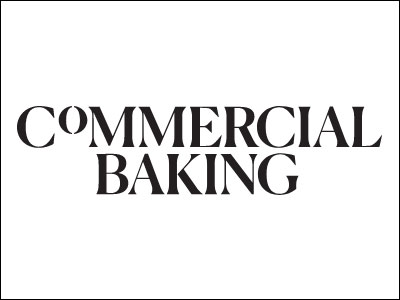Even with the ports open, getting the materials off the containers is still a challenge, especially as the trucking industry remains a drivers’ market. “You have to send the trucks to the appropriate terminals,” comments Lisa Anderson, Manufacturing and Supply Chain Expert, MBA, CSCP, CLTD, president of LMA Consulting Group Inc.
Throughout the supply chain disruption that’s hit manufacturing over the past two years, shipping and logistics have been at the heart of the crisis. It could be considered the first pebble that created the ripples when COVID-19 first caused global factory shutdowns in early 2020.
This deeply complex and multifaceted manufacturing crisis has shown few signs of slowing, and shipping is one small part of a much larger picture.
Over the course of 2021, Commercial Baking has held several meetings with key industry executives experiencing direct impacts of the disruption. In this installment, the group discussed the state of shipping delays, how the holiday shopping season is affecting bakery production, and thoughts on the viability of proposed solutions.
While the situation hasn’t improved, for some suppliers, it’s not completely devolving.
“Some of our wrapper components come from Asia, so we still have to stay on top of shipping issues,” said Dennis Gunnell, president of Formost Fuji. “But we finish the machines domestically, and we bring in a lot of parts ahead of time, so we just have to work hard to maintain that inventory. That’s something we were doing before COVID. Now, it’s more important than ever.”
Although COVID shutdowns triggered specific aspects of the shipping disruption — around the world, empty containers were halted at ports and full containers were diverted to alternate locations — the system was already off-kilter prior to the pandemic.



